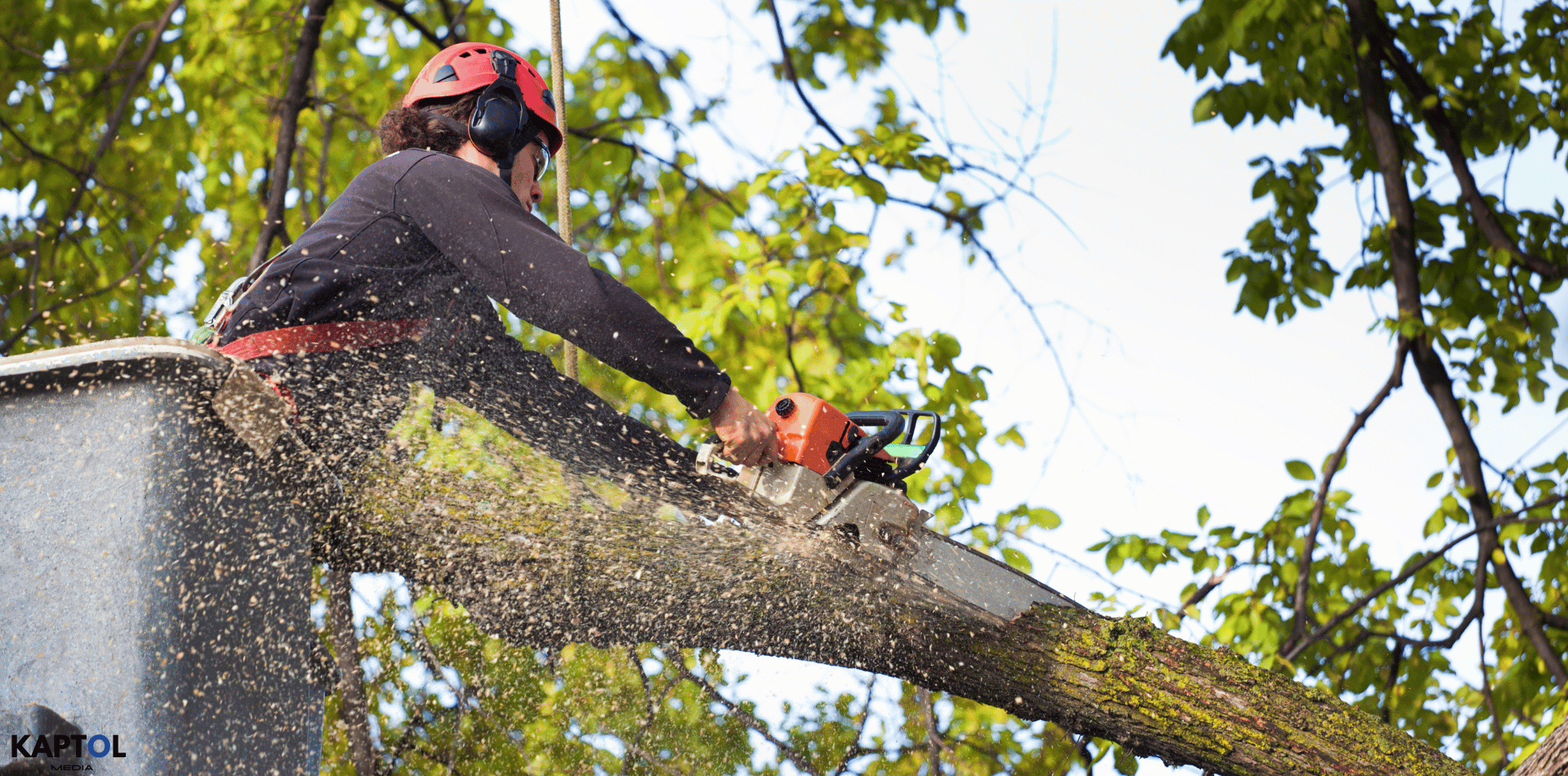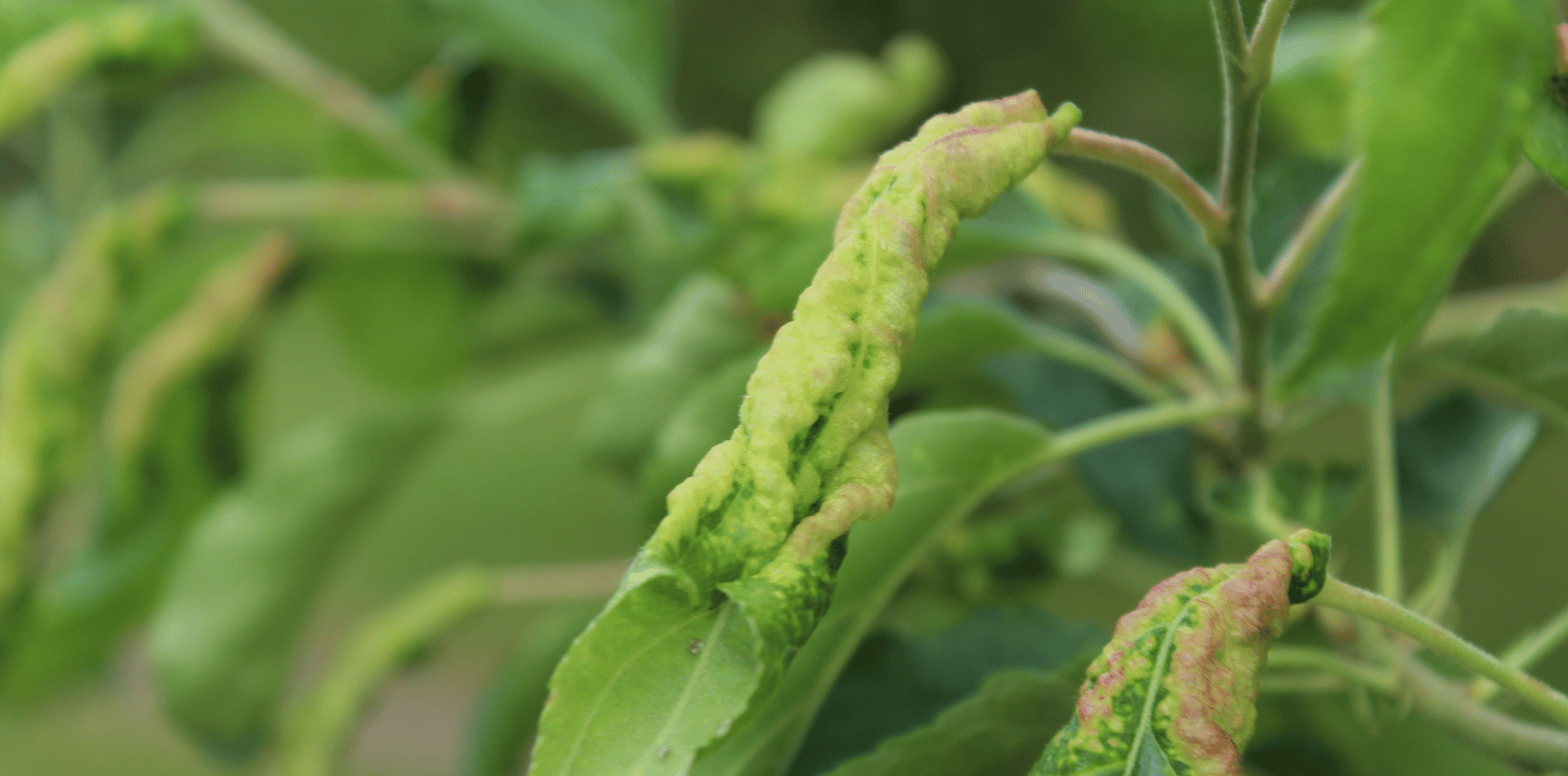Iconic Australian Flowering Trees
A Symbol of Australia's Unique Flora
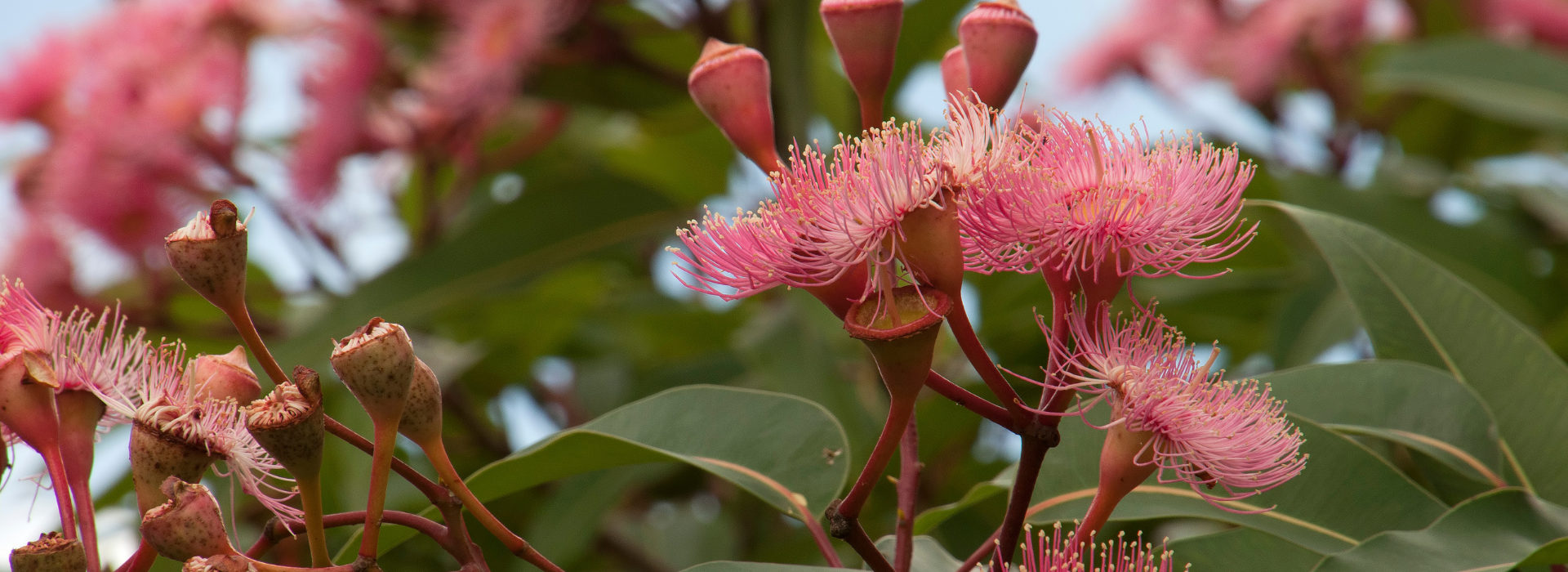
Australia is a land of diverse ecosystems and unique flora, and is home to some of the world's most iconic flowering trees.
These trees not only add to the aesthetic beauty of the landscape but also play a crucial role in the ecological balance.
Let's explore some of our country's most iconic flowering trees, their significance, and the role they play in the environment and culture.
Eucalyptus: The Quintessential Australian Tree
Eucalyptus trees, or gum trees as they are commonly known, are an integral part of the Australian landscape, embodying the diverse and resilient nature of the continent's flora.
With over 700 species in the genus, these trees offer a remarkable variety in size, form, and habitat, thriving across various Australian environments—from coastal regions and mountainous areas to the vast, arid interior.
Diversity of Species
Eucalyptus species range from towering giants such as the Mountain Ash (Eucalyptus regnans), which is among the world's tallest tree species, to small, bushy shrubs suited to more arid regions. This diversity allows them to populate almost every part of the Australian continent, each species adapted to its unique environmental conditions. For example, the Snow Gum (Eucalyptus pauciflora) is known for its resilience to cold and snow, thriving in the Australian Alps, while species like the Red Gum (Eucalyptus camaldulensis) are common along watercourses in more arid regions.
Ecological Importance
Eucalyptus trees play a crucial role in their ecosystems. They are a vital source of food and habitat for a wide range of wildlife, including koalas, which feed almost exclusively on eucalypt leaves, and numerous bird species that rely on their hollows for nesting sites. Additionally, the trees contribute to the water cycle, with deep root systems that can help regulate groundwater levels. However, their oil-rich leaves can also increase fire intensity, playing a complex role in Australia's fire-prone landscapes.
Economic and Cultural Significance
Eucalyptus trees have significant economic value, used in various industries such as paper production, timber, and essential oils. Eucalyptus oil, extracted from the leaves, is renowned for its antiseptic properties and is widely used in pharmaceuticals, cosmetics, and as a natural insect repellent. Culturally, these trees hold a special place in Australian identity, featuring prominently in art, literature, and Indigenous Australian traditions, where they have been used for thousands of years for their medicinal properties, tools, and as part of spiritual practices.
Flowering Gum Trees
Among the Eucalyptus genus, flowering gum trees like the Red-flowering Gum (Eucalyptus ficifolia) and the Lemon-scented Gum (Corymbia citriodora) stand out for their aesthetic and olfactory appeal. The Red-flowering Gum is celebrated for its striking crimson blooms, which provide a spectacular display of color and attract a variety of birdlife, enhancing biodiversity. On the other hand, the Lemon-scented Gum is cherished for its refreshing citrus-scented leaves, especially noticeable after rain or when crushed, adding a sensory dimension to gardens and landscapes.
These flowering gums not only contribute to the beauty and diversity of Australian landscapes but also serve as popular choices for ornamental planting in gardens and urban areas around the world, valued for their vibrant blooms, distinctive fragrances, and the touch of Australian character they bring to diverse environments.
Conservation and Challenges
Despite their adaptability, eucalyptus species face threats from habitat loss, climate change, and diseases such as the Phytophthora root rot. Conservation efforts are vital to ensure the survival of these iconic trees, emphasizing the need for sustainable management practices and research into disease resistance and climate adaptability. Protecting eucalyptus trees is not only crucial for maintaining ecological balance but also for preserving the unique beauty and heritage of the Australian landscape for future generations.
The Wattle: A National Symbol
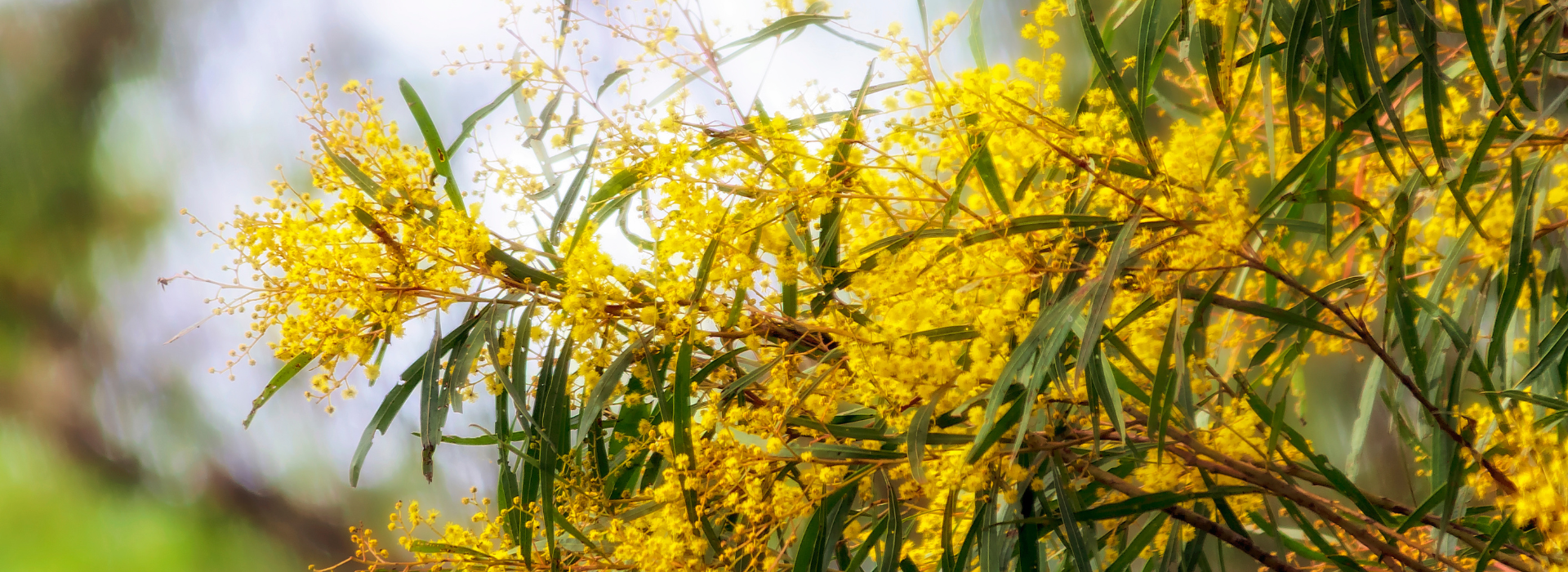
The Golden Wattle (Acacia pycnantha) holds a distinguished place in Australia's natural and cultural heritage, celebrated for its vibrant displays of flowers and as a symbol of unity and resilience. As Australia's national floral emblem, the Golden Wattle is emblematic of the Australian spirit, flowering in a brilliant burst of yellow in late winter and spring, heralding the change of seasons and bringing a sense of renewal and optimism.
Ecological Significance
Wattles, or Acacias, are a diverse genus, with over 1,000 species found across Australia's varied landscapes. These species range from small shrubs to large trees, adapted to thrive in Australia's many environmental conditions, from coastal areas to the arid interior. The Golden Wattle, with its lush, bright yellow, fluffy flowers, is among the most recognisable and celebrated of these species. Beyond their aesthetic appeal, wattles play a crucial role in the ecosystem. They are pioneers in disturbed soil, helping to rehabilitate degraded areas and improve soil fertility through their ability to fix nitrogen—a process where nitrogen from the atmosphere is converted into a form that plants can use.
Cultural and Historical Importance
The Golden Wattle has deep cultural significance in Australia, serving as a symbol of unity, resilience, and the Australian identity. Its selection as the national floral emblem in 1988, and the establishment of National Wattle Day on September 1st, reflect its importance in expressing national pride and celebration. Furthermore, wattles have been an integral part of Indigenous Australian cultures for thousands of years. They have used various parts of wattle trees for food, medicine, and crafts. Wattle seeds are a source of protein and can be ground into flour, while the bark and leaves have been used for medicinal purposes, treating ailments and injuries.
Uses in Medicine and Crafts
The traditional uses of wattles by Indigenous Australians are a testament to the plant's versatility and the deep knowledge of Australia's First Peoples. In addition to their nutritional and medicinal applications, wattles have been used in crafting, with the wood and bark serving as materials for tools, weapons, and ceremonial objects. The flexibility and durability of wattle make it an ideal resource for weaving, and its natural tannins have been used in the process of leather tanning.
Conservation and Awareness
While the Golden Wattle is widely celebrated and relatively abundant, many wattle species face threats from habitat loss, invasive species, and climate change. Conservation efforts and awareness campaigns are crucial to protect these native plants and their habitats, ensuring that they continue to thrive for future generations to appreciate and benefit from. Programs aimed at habitat restoration, seed banking, and public education on the importance of wattles and native vegetation in general are integral to these efforts.
The Golden Wattle's spectacular floral displays and its deep-rooted significance in Australian culture and ecology make it a symbol of the nation's beauty, resilience, and diversity. As Australia's national floral emblem, it reminds us of the country's rich natural heritage and the importance of preserving it for the ecological balance, cultural significance, and enjoyment of all Australians.
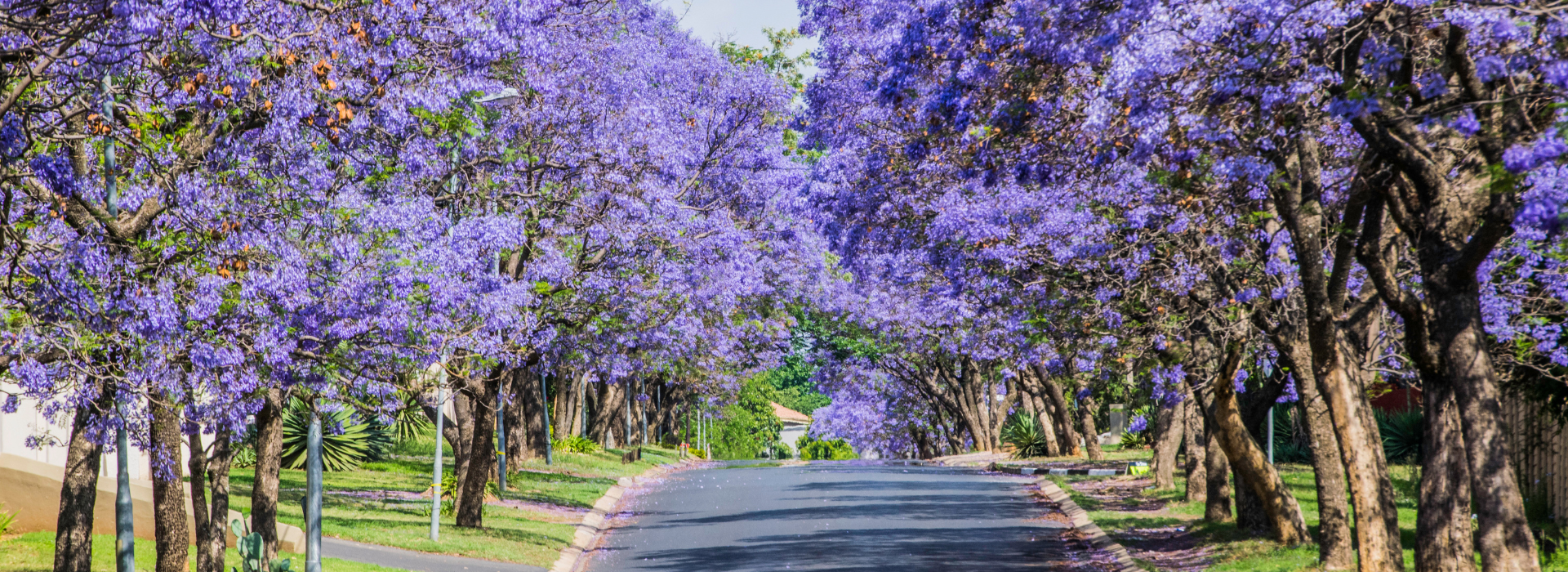
Jacaranda: Purple Canopies
Jacarandas (Jacaranda mimosifolia), with their stunning purple blooms, have become an iconic feature in many Australian cities, despite their non-native origins.
Originally from South America, these trees have been so thoroughly embraced by Australian communities that they are now an integral part of the landscape and cultural identity, especially in cities like Sydney, Grafton, and Brisbane. The jacaranda's vibrant purple flowers, which typically bloom in late spring, transform streets, parks, and gardens into breathtaking purple canopies, creating a visual spectacle that has significant cultural and social impact.
Cultural Significance
The presence of jacaranda trees in Australia is a testament to the country's multicultural identity, demonstrating how an introduced species can become a cherished part of the local environment and culture. Cities like Grafton in New South Wales even celebrate the jacaranda season with festivals. The Grafton Jacaranda Festival, established in 1935, is one of the longest-running flower festivals in Australia, attracting thousands of visitors each year to admire the purple blooms. These events not only celebrate the beauty of the jacaranda but also foster community spirit and tourism.
In academic circles, particularly among students at the University of Sydney, there's a folklore that if a student hasn't started studying by the time the jacarandas bloom, it's too late. This adds a layer of cultural lore to the jacaranda's presence, intertwining it with the lives of Australians in unique ways.
Environmental Impact
While the jacaranda is celebrated for its beauty, its status as an introduced species means it also comes with environmental considerations. In certain areas, jacarandas can outcompete native flora, requiring careful management to ensure they do not become invasive. However, in urban settings, they have been widely accepted and are valued for their shade, beauty, and the habitat they provide for birds and insects.
Aesthetic Appeal
The aesthetic appeal of jacarandas is undeniable. When in full bloom, the trees create mesmerising landscapes of purple and green, often reflected in waterways, adding to the allure. This striking visual effect enhances the scenic value of urban environments, making places like Brisbane’s New Farm Park and Sydney’s streets and university campuses must-visit locations during the blooming season.
Social and Economic Impact
The bloom of jacaranda trees has a notable social and economic impact, drawing tourists to cities and towns where these trees are prominent. Local businesses often see a surge in visitors during the jacaranda season, and the trees have become a significant feature in promoting Australian tourism, especially on social media where photos of the purple blooms can go viral, attracting even more visitors.
Conservation and Management
As with all introduced species, the cultivation and management of jacarandas in Australia are done with consideration for the local ecosystem. Efforts are made to ensure that their spread is controlled and that they complement rather than dominate native vegetation. In urban areas, jacarandas are often planted in designated spots where their growth can be managed, and their impact on biodiversity is minimized.
Jacarandas have woven themselves into the fabric of Australian culture and landscape, symbolizing how an introduced species can become an endearing part of a country’s identity. Their breathtaking blooms not only contribute to the aesthetic and environmental value of urban areas but also play a significant role in the cultural and social calendar of many Australian communities. As a result, jacarandas remain a beloved feature of the Australian landscape, celebrated for their beauty and the sense of wonder they inspire.
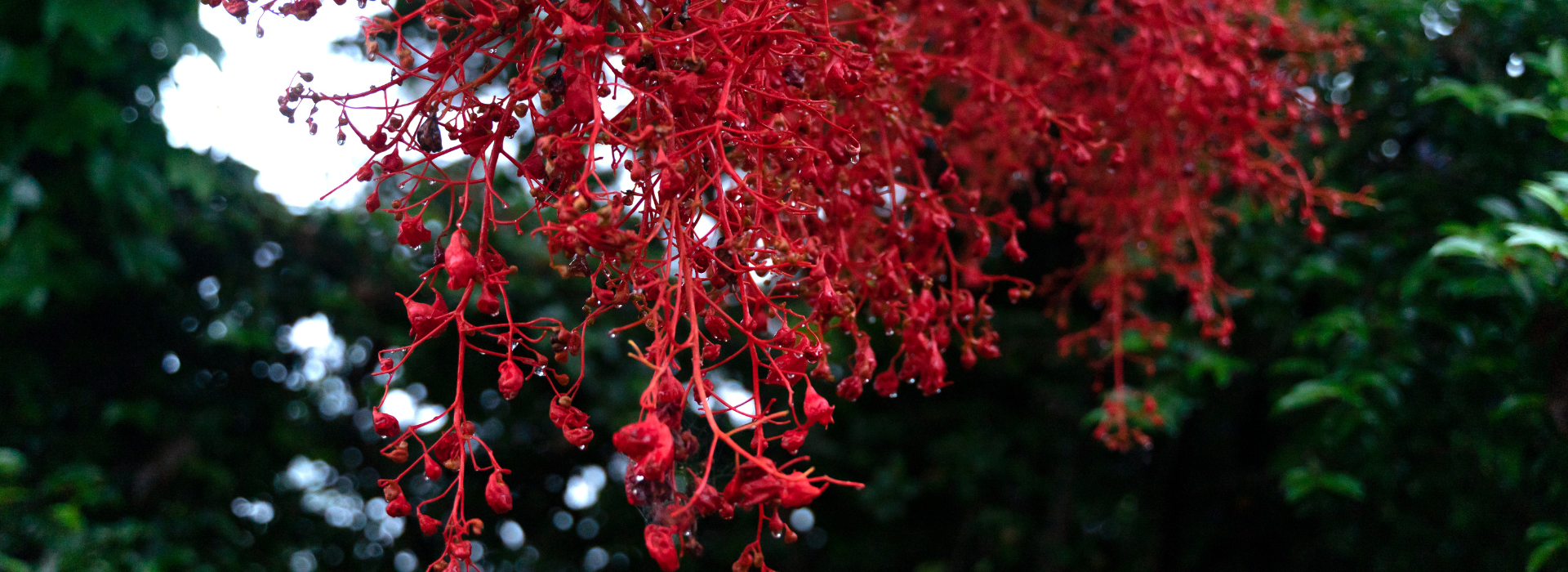
Illawarra Flame Tree: Fiery Blossoms
The Illawarra Flame Tree (Brachychiton acerifolius), with its vivid red, bell-shaped flowers, is a striking feature of the Australian landscape, particularly in the rainforests of New South Wales and Queensland.
This native tree stands out not only for its beauty but also for its unique ecological and cultural significance. When in full bloom, typically from October to December, the Illawarra Flame Tree presents a dramatic contrast to the Australian bush's predominantly green palette, creating a visually arresting spectacle that draws admiration from both locals and visitors.
Ecological Significance
The Illawarra Flame Tree is an important part of its native ecosystem, offering food and habitat for a variety of wildlife. Its flowers provide nectar for birds and insects, while the large, leathery leaves offer shade and shelter. The tree's ability to flower profusely, especially after a dry period, makes it a vital source of sustenance for local fauna during times when food sources may be scarce. Additionally, the tree plays a role in the forest's succession process, often being one of the first species to regenerate on cleared land, thus contributing to the ecological recovery of rainforest areas.
Synchronous Flowering
One of the most remarkable aspects of the Illawarra Flame Tree is its tendency for synchronous flowering, where multiple trees bloom simultaneously, enveloping the landscape in a sea of red. This phenomenon not only creates a stunning visual effect but also has ecological implications. Synchronous flowering can overwhelm predators such as insects, ensuring that more seeds survive to germination, a strategy that enhances the species' reproductive success.
Cultural and Aesthetic Value
The striking appearance of the Illawarra Flame Tree has made it a symbol of beauty and resilience in Australian culture. It features in various artistic representations, from painting and photography to literature, often used as a metaphor for passion, strength, and renewal. The tree's aesthetic appeal also makes it a popular choice for ornamental planting in parks, gardens, and urban landscapes, where its fiery blooms can add dramatic colour and interest.
Challenges and Conservation
While the Illawarra Flame Tree is not currently listed as endangered, it faces challenges common to many native species, including habitat loss due to land clearing for agriculture and urban development. Conservation efforts are essential to protect its natural habitat and ensure that this iconic species continues to thrive in the wild. Programs aimed at habitat restoration, seed collection, and propagation are crucial for the conservation of the Illawarra Flame Tree and the overall biodiversity of the regions it inhabits.
The Illawarra Flame Tree is more than just a visually striking plant; it is a vital component of the Australian ecosystem and a cultural icon that captivates and inspires. Its brilliant red flowers not only contribute to the biodiversity and beauty of the Australian landscape but also remind us of the importance of preserving native species and their habitats. Through conservation efforts and responsible management, the Illawarra Flame Tree will continue to be a source of natural wonder and ecological balance for generations to come.
Fragrant and Ornamental Trees
Australian flowering trees are celebrated not only for their visual appeal but also for their aromatic qualities, making them a sensory delight. Among these, the Lemon Myrtle (Backhousia citriodora) and the Frangipani (Plumeria) stand out for their unique fragrances and ornamental beauty, each bringing its own character to gardens and landscapes across Australia and beyond.
Lemon Myrtle (Backhousia citriodora)
The Lemon Myrtle is highly regarded for its strong lemon scent, derived from the leaves which contain high concentrations of citral. This native Australian tree is not only a sensory pleasure but also versatile in its uses. The Lemon Myrtle flourishes in the coastal regions of Queensland and New South Wales, where it contributes to the biodiversity of rainforests.
Ornamental Value
In gardens, the Lemon Myrtle is prized for its evergreen beauty, clusters of creamy-white flowers, and the refreshing citrus fragrance that emanates from its foliage. The tree can be used as a standalone specimen or integrated into hedges and screens, providing both privacy and aesthetic appeal.
Culinary and Medicinal Uses
Beyond its ornamental value, the Lemon Myrtle's leaves are widely used in cooking and herbal medicine. As a culinary herb, it imparts a robust lemon flavor to dishes, making it a popular ingredient in teas, syrups, and seasoning blends. Medicinally, Lemon Myrtle has been used for its antifungal and antibacterial properties, offering a natural remedy for various ailments.
Frangipani (Plumeria)
Originating from the Americas but now a staple in Australian gardens, the Frangipani is beloved for its sweet fragrance and the beauty of its flowers, which range in colour from white and yellow to pink and red. The tree's ability to adapt to different environments, along with its minimal water requirements, makes it suited to Australian climates.
Visual and Aromatic Appeal
The Frangipani's distinct flowers and alluring fragrance make it a favorite among gardeners and landscape designers. Blooming from summer to autumn, its flowers emit a powerful, sweet scent, especially in the evening, creating a tranquil and aromatic outdoor space.
Symbolism and Use
In addition to its aesthetic and olfactory appeal, the Frangipani is steeped in symbolism, representing immortality and new life in various cultures due to its ability to produce leaves and flowers even after it has been uprooted. Its flowers are often used in ceremonies and as decorative elements, adding a touch of elegance to any setting.
Environmental Benefits
Both the Lemon Myrtle and Frangipani contribute to their ecosystems by attracting pollinators. The Lemon Myrtle's flowers are a source of nectar for bees and butterflies, while the Frangipani's blooms attract moths and other nocturnal pollinators, playing a vital role in the pollination process.
Australian flowering trees like the Lemon Myrtle and Frangipani enrich the environment not just visually but also through their fragrances, making them integral components of the Australian landscape. Their versatility, from ornamental use to culinary and medicinal applications, underscores the interconnectedness of beauty, utility, and nature. As these trees continue to be cherished in gardens and landscapes, they also remind us of the importance of preserving and celebrating the natural world's diverse and fragrant wonders.
Native Trees for Gardens and Landscaping
Australian flowering trees and plants, with their distinctive forms and vibrant colours, are not only visually appealing but also bring ecological benefits and a touch of the unique Australian landscape to gardens and outdoor spaces. Among these, the Bottlebrush (Callistemon) and Kangaroo Paw (Anigozanthos) are particularly noteworthy for their unique flowers and wildlife-attracting characteristics, making them excellent choices for gardeners looking to add a splash of colour and life to their outdoor areas.
Bottlebrush (Callistemon)
The Bottlebrush is renowned for its vibrant, brush-like flowers that bloom in an array of colours, including red, pink, and yellow. These distinctive flowers not only make a visual impact in any garden setting but also serve an important ecological role.
Attracting Wildlife
One of the Bottlebrush's most valued features is its ability to attract a variety of bird species, especially honeyeaters, which feed on the nectar from its flowers. This interaction not only aids in the pollination of the plants but also supports local bird populations, contributing to biodiversity.
Versatility in Landscaping
Bottlebrushes can be grown as shrubs or small trees, making them highly versatile for different garden designs and spaces. They can be used as specimen plants, for screening and hedges, or even in container gardening, adapting well to a range of soil types and conditions, including wet areas.
Kangaroo Paw (Anigozanthos)
The Kangaroo Paw stands out for its unique, paw-shaped flowers, which come in colors ranging from red and orange to green and yellow. This plant adds an element of architectural interest to gardens and landscapes, attracting attention with its striking form and colour.
Wildlife Attraction
Similar to the Bottlebrush, Kangaroo Paw is known for attracting wildlife, including birds and bees, which are drawn to its tubular flowers in search of nectar. This makes it an excellent plant for gardeners looking to create a more dynamic and interactive garden environment.
Drought Tolerance
Kangaroo Paw is particularly noted for its drought tolerance, making it an ideal choice for water-wise gardens and regions prone to dry conditions. Its ability to thrive with minimal water once established makes it a sustainable choice for Australian landscapes.
Ecological and Aesthetic Benefits
Both the Bottlebrush and Kangaroo Paw not only enhance the aesthetic appeal of gardens with their unique and colorful flowers but also contribute to the ecological health of their surroundings by supporting local wildlife. Their nectar-rich flowers are vital food sources for birds and insects, playing a crucial role in pollination processes and biodiversity.
Landscape Integration
Integrating these Australian natives into garden designs not only celebrates the beauty and diversity of Australian flora but also promotes a more sustainable gardening practice, emphasising plants that are adapted to the local climate and conditions. Whether used as focal points, part of mixed borders, or in native wildlife gardens, the Bottlebrush and Kangaroo Paw offer both beauty and functionality, making them exemplary choices for gardeners and landscapers looking to capture the essence of the Australian landscape.
Conservation and Sustainability
The conservation of native Australian flowering trees and plants is a critical issue, underscored by the unique ecological roles these species play within their environments. Adapted to Australia’s diverse and often challenging conditions, these plants not only form the backbone of various habitats but also support a wide array of wildlife, contributing to the country's rich biodiversity. The survival and prosperity of species such as the Bottlebrush (Callistemon), Kangaroo Paw (Anigozanthos), and others are threatened by several factors, necessitating concerted conservation efforts.
Threats to Native Flora
- Habitat Loss: Urban expansion, agriculture, and mining activities have led to the widespread destruction of native habitats. This not only diminishes the available space for these species to grow but also fragments populations, making it harder for them to reproduce and spread.
- Climate Change: Shifts in climate patterns can alter the natural distribution of species, with changes in temperature and rainfall potentially making previously suitable areas inhospitable. Extreme weather events, such as bushfires and droughts, can further decimate populations.
- Invasive Species: Non-native plants, animals, and pathogens can outcompete, predate, or infect native species, leading to declines or extinction. Invasive plant species can alter the fire regime of an area, making it more susceptible to fires that can harm native flora.
Conservation Efforts
- Protected Areas: Establishing national parks, reserves, and conservation areas is a fundamental approach to protecting native species and their habitats. These areas provide a refuge from the impacts of land development and agriculture, allowing ecosystems to function with minimal human interference.
- Reforestation and Habitat Restoration: Efforts to reforest cleared lands or restore degraded habitats are crucial for expanding the living space available to native species and reconnecting fragmented populations. This involves not only planting native species but also restoring an area's natural water regime and soil conditions.
- Seed Banks and Ex Situ Conservation: Collecting and storing seeds from native plants in seed banks is a vital strategy for safeguarding their genetic diversity. Ex situ conservation measures, such as cultivating threatened species in botanical gardens, can also help preserve species until they can be reintroduced into their natural habitats.
- Research and Monitoring: Ongoing research into the ecology, genetics, and propagation techniques of native species provides essential knowledge for their conservation. Monitoring populations and threats allows conservationists to take timely actions to protect vulnerable species.
- Community Involvement and Education: Engaging the community in conservation efforts through citizen science projects, educational programs, and volunteer opportunities can foster a collective sense of stewardship for native species. Raising awareness about the importance of native plants and the threats they face encourages more sustainable practices among individuals and industries.
The conservation of native Australian flowering trees and plants is an ongoing challenge that requires a multi-faceted approach. Through protected areas, habitat restoration, seed banking, research, and community engagement, it is possible to mitigate the threats facing these species and ensure their survival. Preserving Australia's unique flora is not only vital for maintaining the country's biodiversity but also for supporting the ecosystems that depend on these plants, including humans. By valuing and protecting native species, we safeguard the natural heritage and ecological balance for future generations.
Iconic Australian flowering trees are more than just a beautiful spectacle; they are a vital part of Australia’s natural heritage.
These trees symbolise the resilience and beauty of the Australian landscape and are integral to the ecological and cultural fabric of our nation.
Protecting and celebrating these natural treasures is essential for future generations to enjoy the splendor of Australia's unique flora.


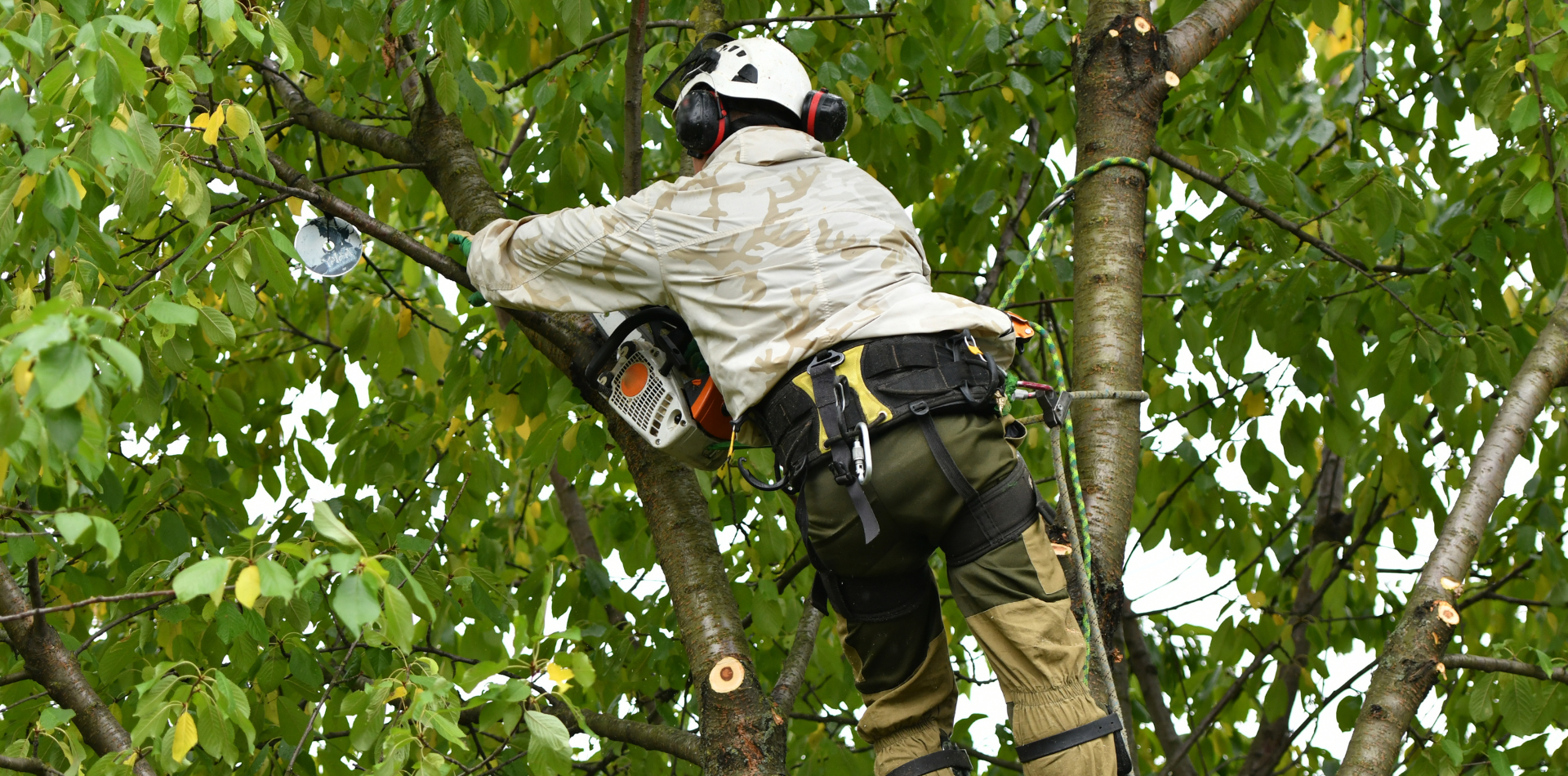
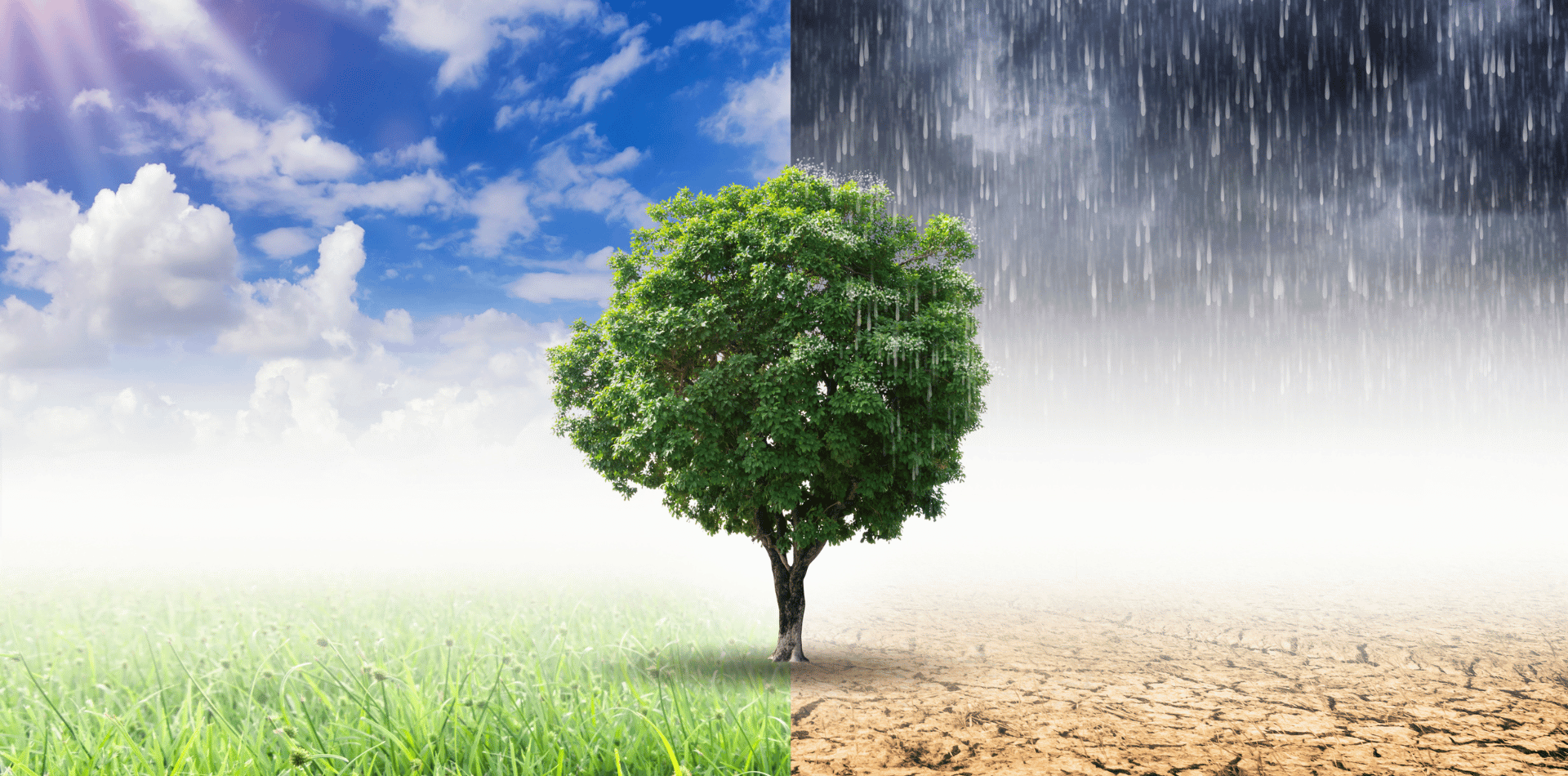

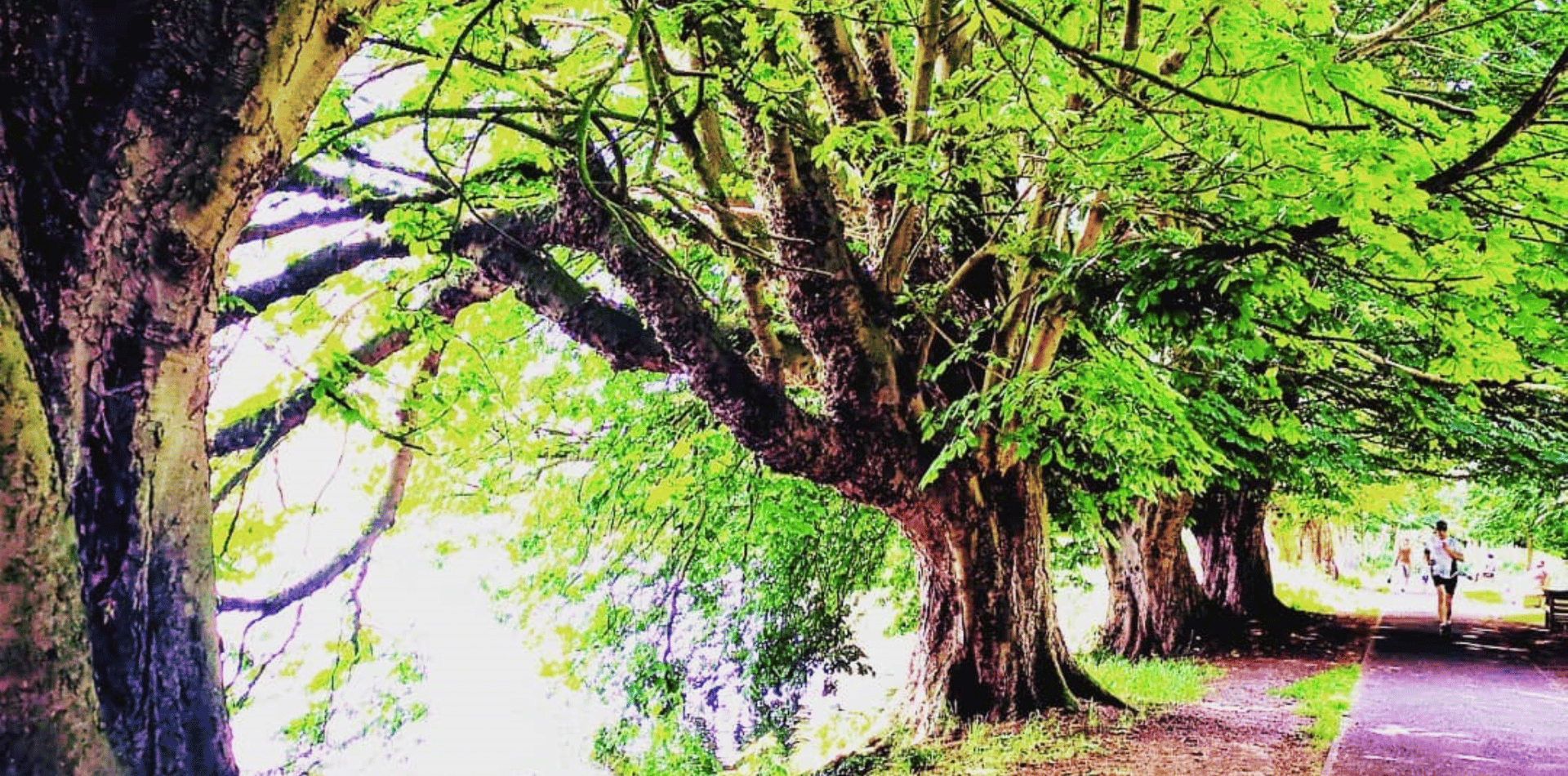
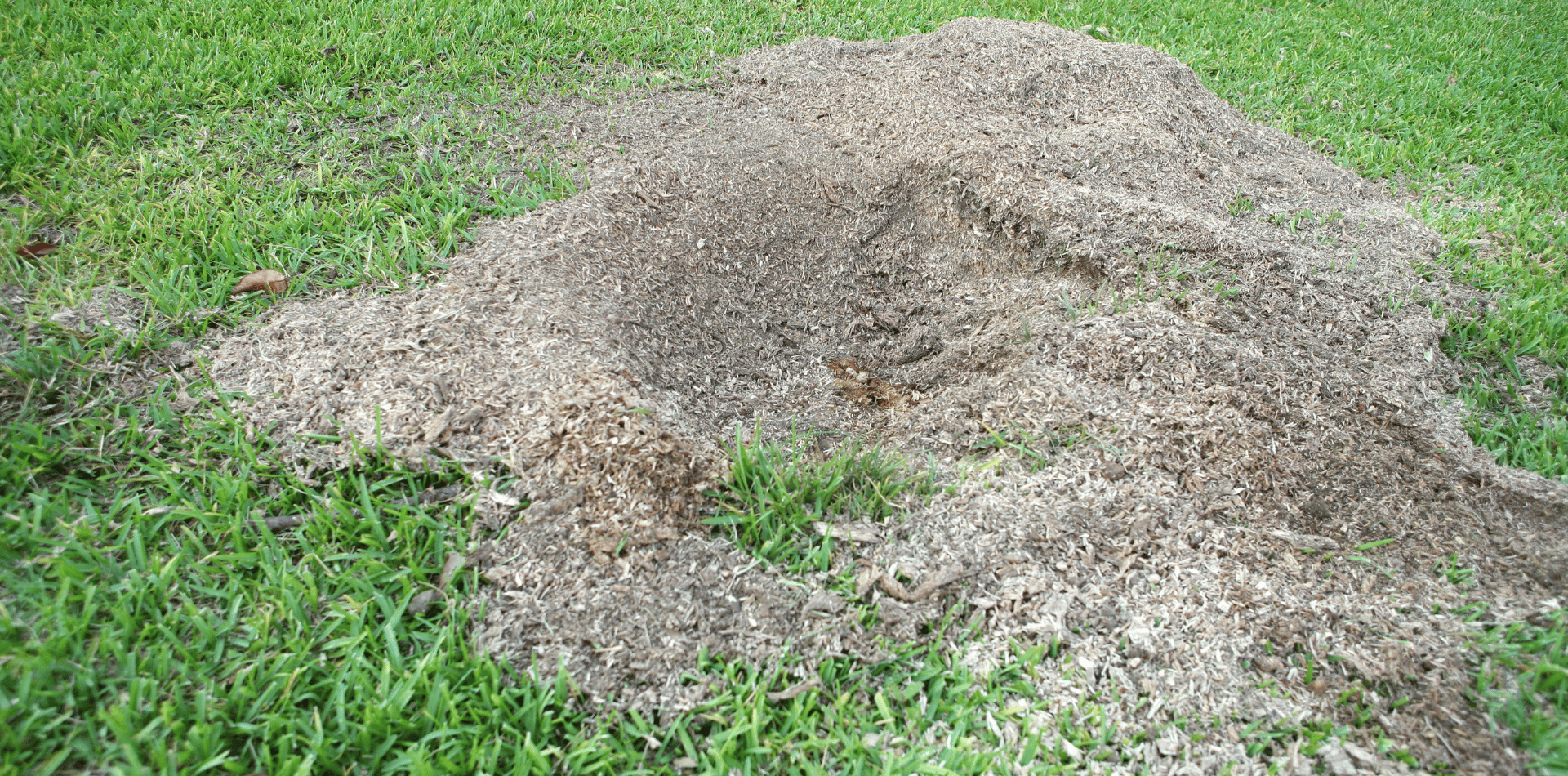

Contact
Kaptol Tree Removal Newcastle
A Member of the Kaptol Group
Powered by Kaptol Media

